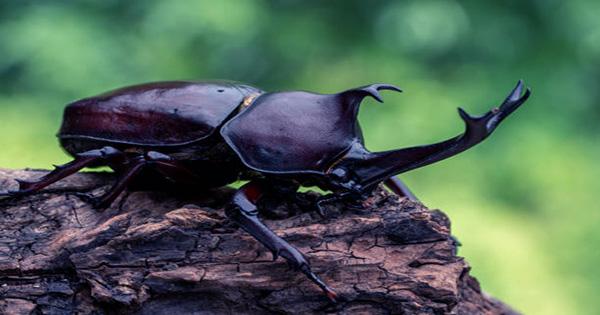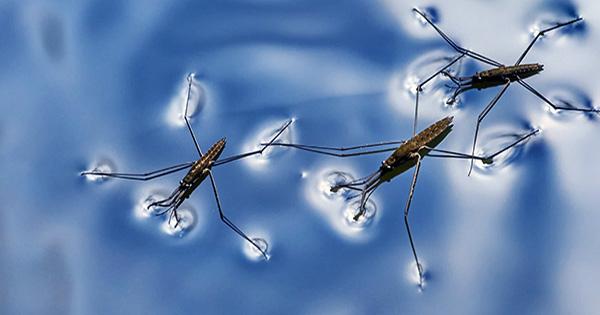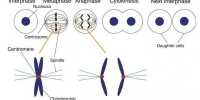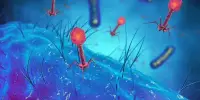The more you look at nature the more excited you are. From the self-eroding marine slugs that can grow to new bodies that can spread to laces that can take up six distances with a single anniversary, there’s a lot of shiny substance going on. Spending a lot of time in the midst of action, field researchers are often uniquely bizarre and identified as previously unknown to the behaviors of science, although waiting for their event can be somewhat dangerous. The wait, however, ended for Dr. John Gould and Dr. Jose Valdez. While searching for poles in the pools of the Watagan Mountains in Australia, they found something unusual in the water.
About the size of a nail, an insect is barking on the surface of the water. However, instead of using the reverse – wherever there is air – it spreads itself under the water. A surprising idea, we would agree, but luckily, a video of the two animals was leaked as well as their findings published in the Ethnological Journal. The footage is the first time this behavior has been caught in a story practiced by a beetle. So who was this wonder wanderer?

“Since there are many similar-looking beetles that live in the water and it turned upside down, this beetle was very difficult to identify,” Valdez told IFLScience. “However, we did get some help from Beetle expert entomologist Martin Fikáček, who later helped identify it as a member of the aquatic beet family hydrophilids, otherwise known as the aquatic beetle.” In fact, a beetle expert, Fikáček’s own paper recently went live with details of a new genus and species of beetle, hidden in the dung of living reptiles 230 million years ago.
Scavenger beetles can help surfing for almost oxygen if they can, but spend their entire lives underwater. Their unique morphology means oxygen can get stuck in their body hairs so that they stay under oxygenated water for long periods of time, while others are seen to carry bubbles for the same purpose.
One such bubble is seen being caught by the beetle in the video, and Gold and Valdez suspect it may have played a role in trapping the insects below the surface of the water.














